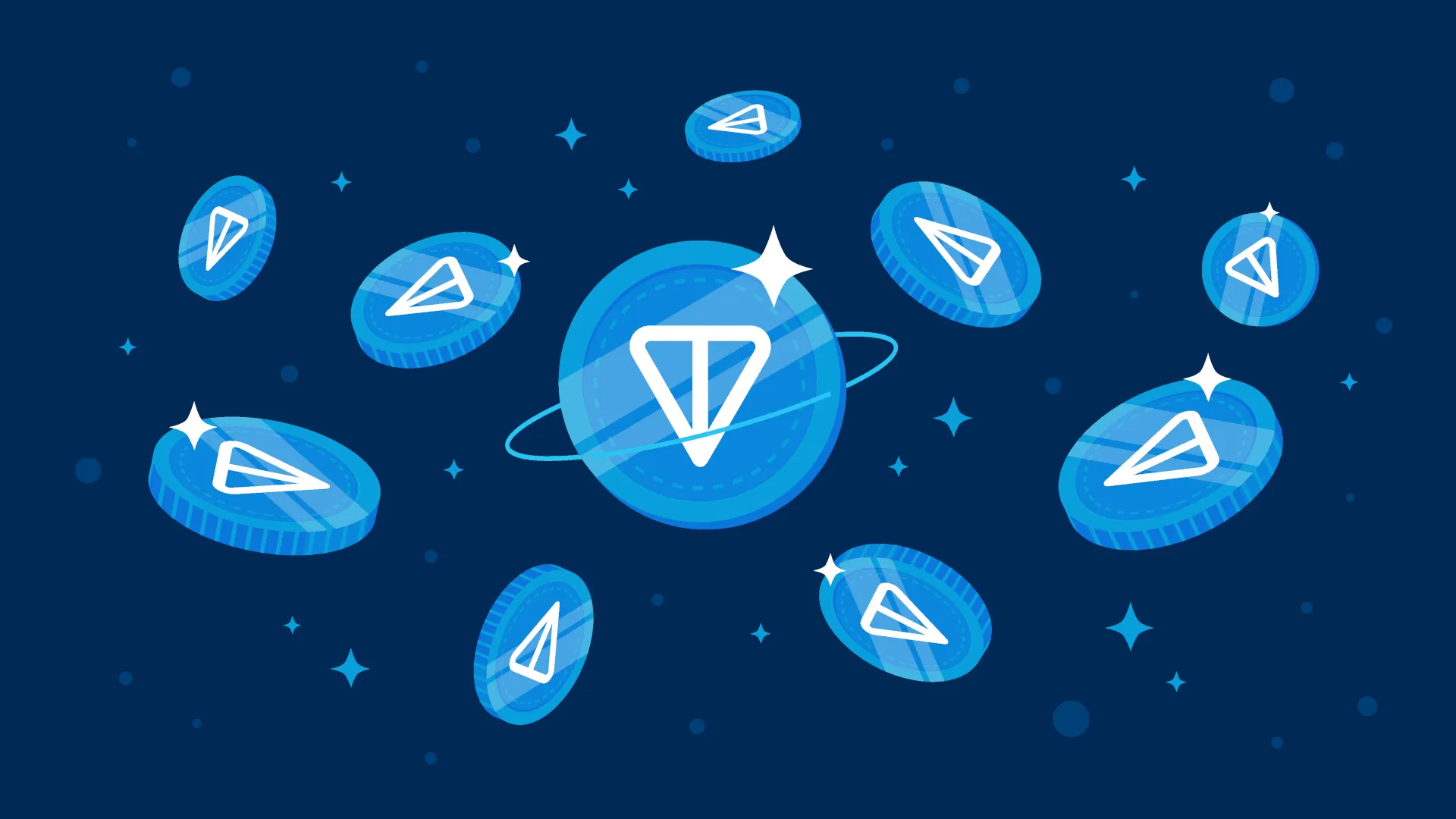The Open Network (TON), the blockchain that’s closely tied to popular messaging app Telegram, is getting its first layer-2 scaling network in a collaboration with Polygon Labs.
The TON Applications Chain (TAC) is being designed as a connection to the Ethereum ecosystem, utilizing Polygon's Chain Development Kit (CDK) and AggLayer interoperability protocol to enable Ethereum Virtual Machine (EVM) applications to function within the TON ecosystem.
The layer-2 chain, built on top of TON, is billed as an “official layer-2 coming in partnership with TOP (The Open Platform),” a TON representative confirmed to Decrypt. TOP built the Wallet Bot mini app for Telegram, and is working on other initiatives related to TON and Telegram.
"This collaboration enhances our ability to bridge the gap between TON and Ethereum ecosystems, delivering seamless decentralized app integration within Telegram and fueling unprecedented growth in user engagement,” said TAC CEO Pavel Altukhov, in a release.
The TAC layer-2 announcement comes amid a Telegram gaming boom that’s being fueled by crypto incentives, following the launch of Notcon and its NOT token on TON. A newer game, Hamster Kombat, has racked up over 200 million players in recent weeks ahead of its own token launch on TON, targeted for this month.
Telegram itself has increasingly embraced TON in recent months, including by using it to pay channel operators a share of ad revenue. The scaling network is being billed as a way to bring more decentralized finance (DeFi) action to TON. Michael Egorov, founder of Curve Finance, is part of the founding team behind TAC.
"[The] collaboration of TAC and Polygon Labs is bringing the necessary EVM expertise to TON,” Egorov said in a press release. “With that, TAC can connect hundreds of millions of Telegram users with DeFi, possibly driving the next wave of DeFi adoption.”
No timeline for the layer-2 chain launch was announced. Decrypt reached out for clarification on that point, but did not receive an immediate response.
Editor’s note: This article was written with the assistance of AI. Edited and fact-checked by Andrew Hayward.

